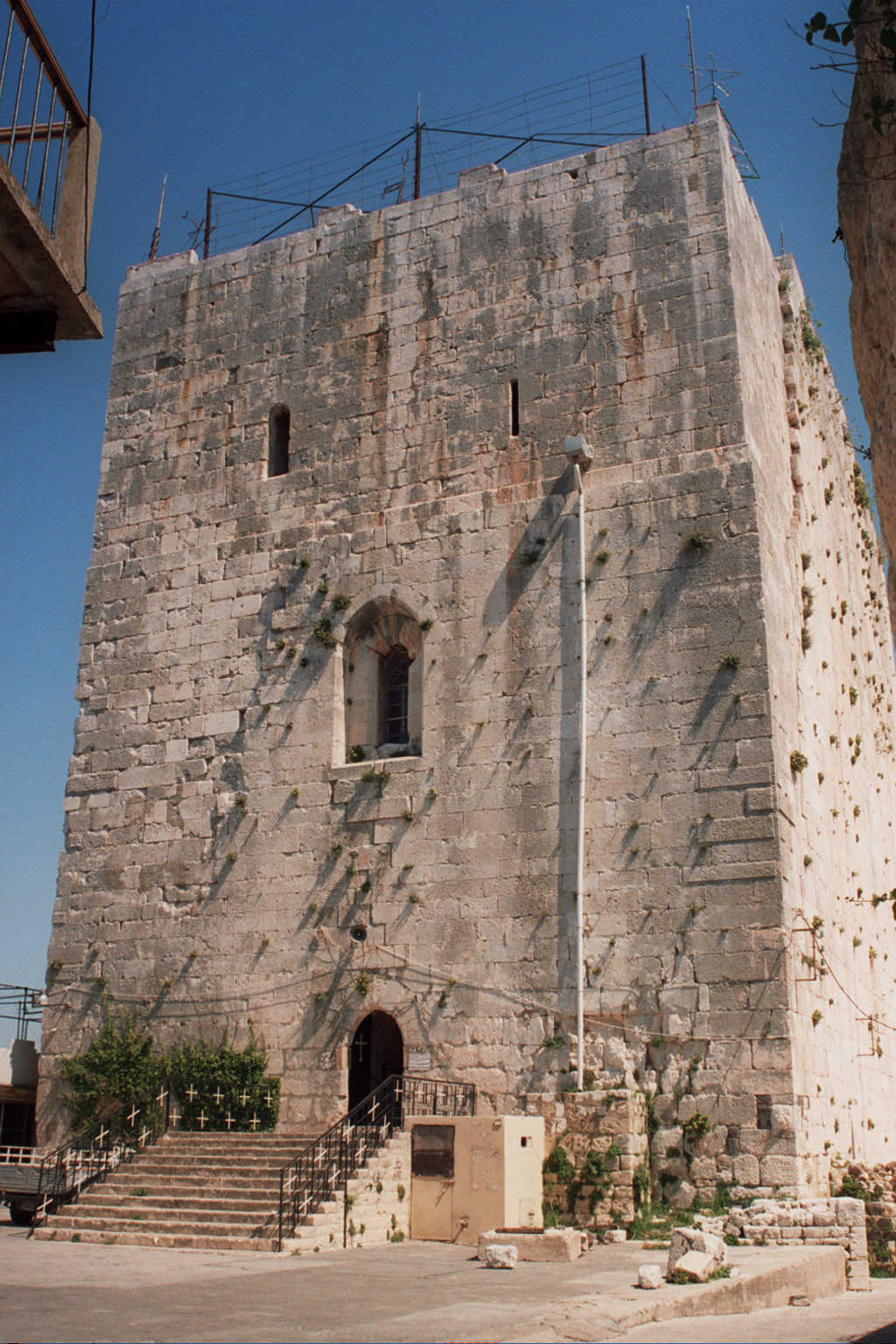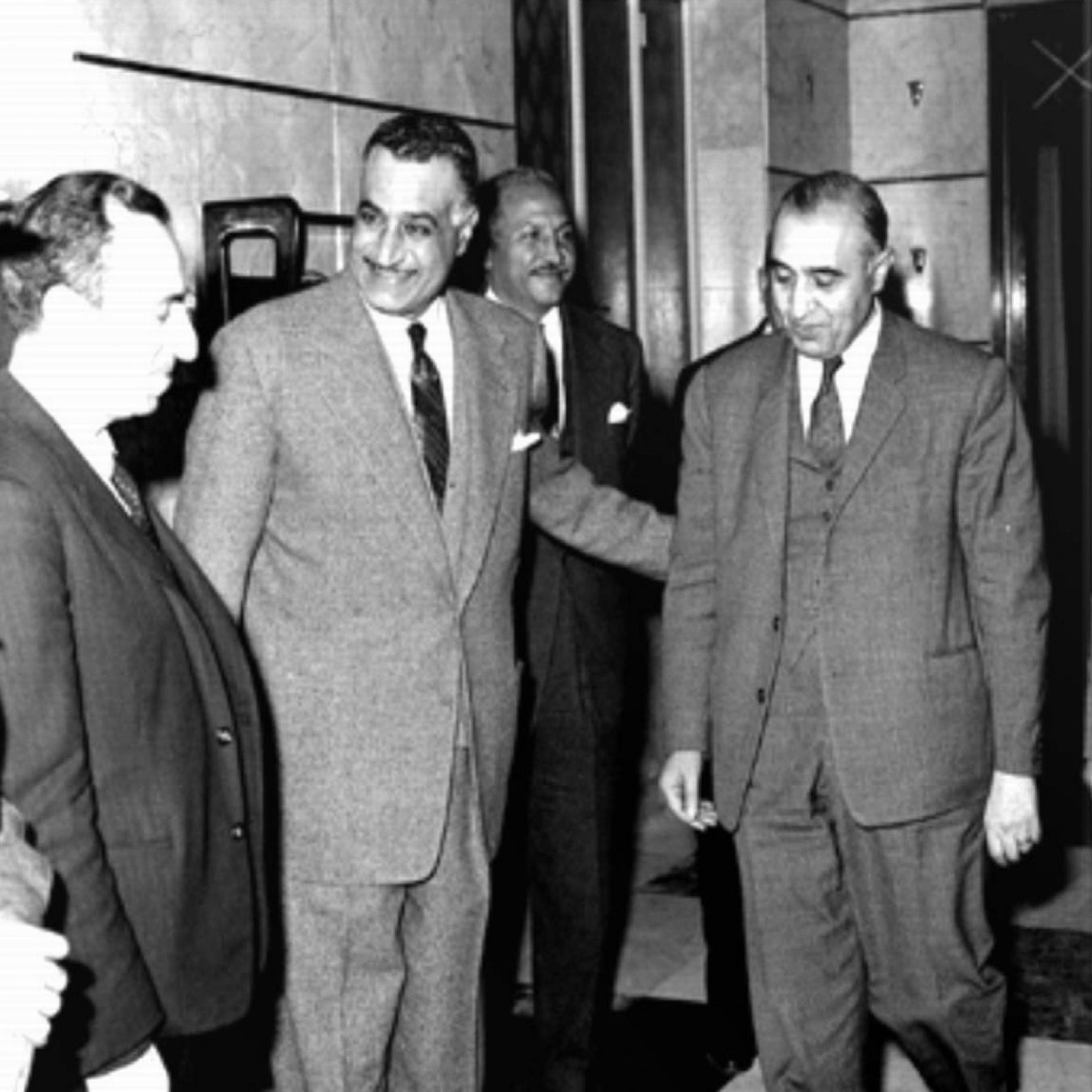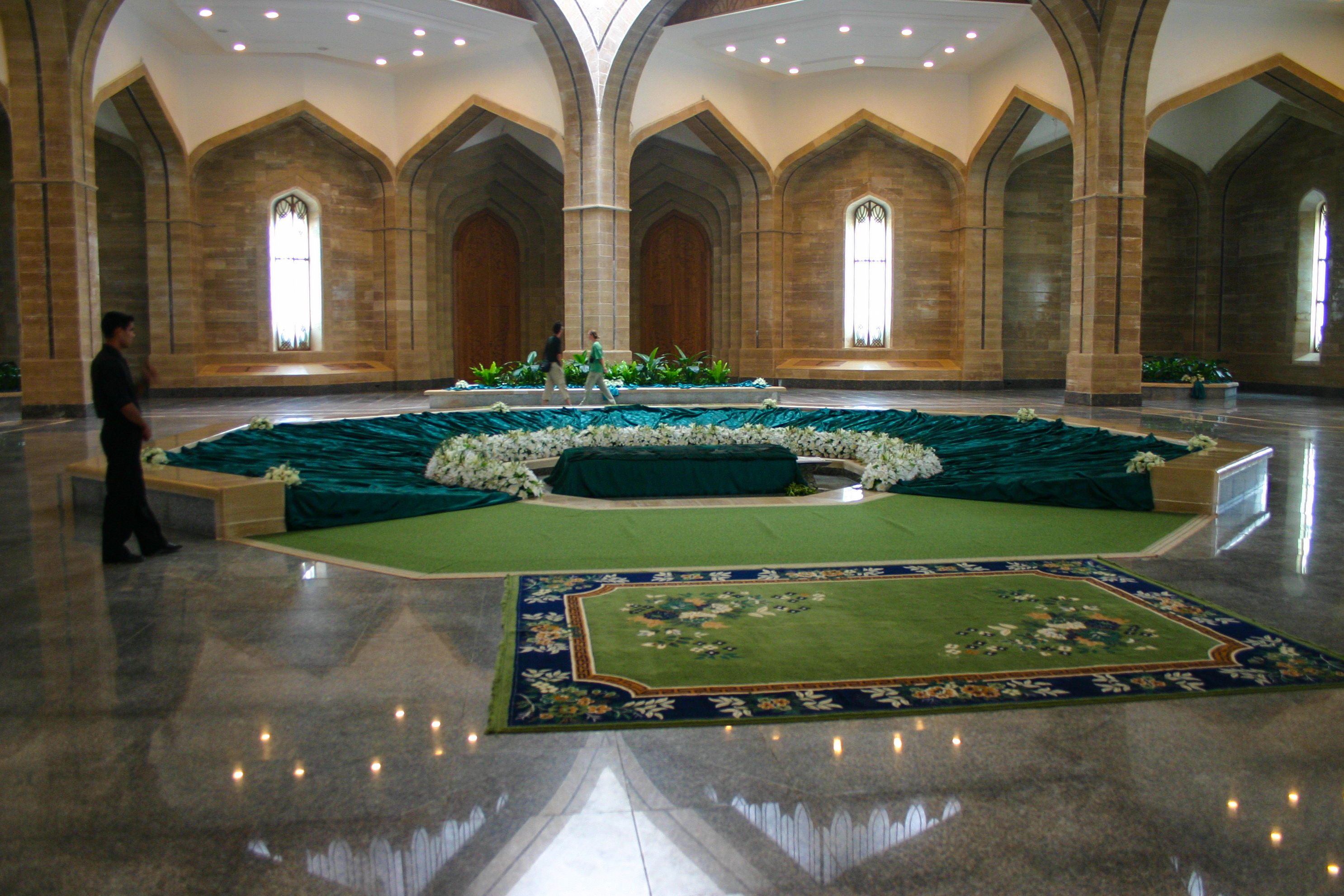|
Dreikish
Duraykish (, also transliterated ''Dreikiche'' or ''Dreykish'') is a city in western Syria, in the Tartus Governorate, at a distance of about east of Tartus. The name 'Dreikiche' derives from Latin and means "three caves". The town is famous for its mineral water springs located to the south of the city. The mineral water of the town is bottled and sold under the label 'Dreikiche'. Its inhabitants are mostly Alawites. Geography The city sits on a hillside, near the opening of two valleys, with the older part of town divided into two parts by an elevation of about . The average elevation of old Duraykish is between and above sea level. The commercial center of old Duraykish is on the east side of the city. The newer, lower part of town, al-Maqla'a, is situated about below the city center. History Duraykish was the largest Alawite community in the Syrian Coastal Mountain Range from the mid-19th century until the 1960s. As a village of roughly 1,000 inhabitants, Duraykish was ch ... [...More Info...] [...Related Items...] OR: [Wikipedia] [Google] [Baidu] |
Safita
Safita ( '; , ''Sōpūte'') is a city in the Tartus Governorate, western Syria, located to the southeast of Tartus and to the northwest of Krak des Chevaliers. It is situated on the tops of three hills and the valleys between them, in the Syrian Coastal Mountain Range. According to the Syria Central Bureau of Statistics (CBS), Safita had a population of 20,301 in the 2004 census. It has a religiously mixed population of mostly Greek Orthodox Christians and Alawites. The Crusader-built fortress of Chastel Blanc in Safita enabled the city to historically dominate the surrounding region. Safita served as the center of a large rural district throughout Ottoman rule (1517–1918). Its influence receded with the administrative rise and economic development of the nearby port town of Tartus and the dimunition of its jurisdiction beginning under French Mandatory rule (1923–1946) and continuing post-Syrian independence. Safita shares close economic ties with Tartus, as well as havi ... [...More Info...] [...Related Items...] OR: [Wikipedia] [Google] [Baidu] |
List Of Cities In Syria
The country of Syria is Administrative division, administratively subdivided into Governorates of Syria, 14 governorates, which are sub-divided into Districts of Syria, 65 districts, which are further divided into 284 sub-districts. Each of the governorates and districts has its own centre or capital city, except for Rif Dimashq Governorate and Markaz Rif Dimashq district. All the sub-districts have their own centres as well. Each district bears the same name as its administrative centre, with the exception of Mount Simeon District where the centre is the city of Aleppo. The same applies to all ''nahiyas'' (sub-districts), except for the Mount Simeon Nahiyah where the centre is the city of Aleppo. Governorate and district capital cities Sixty-four of the 65 districts of Syria have a city that serves as the regional capital (administrative centre); Markaz Rif Dimashq is a district with no official regional centre. The city of Damascus functions as a governorate, a district and a ... [...More Info...] [...Related Items...] OR: [Wikipedia] [Google] [Baidu] |
Cities In Syria
The country of Syria is administratively subdivided into 14 governorates, which are sub-divided into 65 districts, which are further divided into 284 sub-districts. Each of the governorates and districts has its own centre or capital city, except for Rif Dimashq Governorate and Markaz Rif Dimashq district. All the sub-districts have their own centres as well. Each district bears the same name as its administrative centre, with the exception of Mount Simeon District where the centre is the city of Aleppo. The same applies to all ''nahiyas'' (sub-districts), except for the Mount Simeon Nahiyah where the centre is the city of Aleppo. Governorate and district capital cities Sixty-four of the 65 districts of Syria have a city that serves as the regional capital (administrative centre); Markaz Rif Dimashq is a district with no official regional centre. The city of Damascus functions as a governorate, a district and a subdistrict. The Rif Dimashq Governorate has no official cent ... [...More Info...] [...Related Items...] OR: [Wikipedia] [Google] [Baidu] |
Arab Culture
Arab culture is the culture of the Arabs, from the Atlantic Ocean in the west to the Arabian Sea in the east, in a region of the Middle East and North Africa known as the Arab world. The various religions the Arabs have adopted throughout History of the Arabs, their history and the various empires and kingdoms that have ruled and took lead of the civilization have contributed to the ethnogenesis and formation of modern Arab culture. Arabic, Language, Arabic literature, literature, Arab cuisine, gastronomy, Arab art, art, Arab architecture, architecture, Arabic music, music, spirituality, Arab philosophy, philosophy and mysticism are all part of the cultural heritage of the Arabs. The countries of the Arab world, from Morocco to Iraq, share a common culture, traditions, language and history that give the region a distinct identity and distinguish it from other parts of the Muslim world. The Arab world is sometimes divided into separate regions depending on different cultures, dial ... [...More Info...] [...Related Items...] OR: [Wikipedia] [Google] [Baidu] |
Wadi Al-Uyun
Wadi al-'Uyun (, also spelled Wadi al-Oyun, Wady Aloyon, or Wadi al-Ayun; transliteration: "Valley of the Springs") is a town in northwestern Syria, administratively part of the Hama Governorate, located west of Hama. According to the Syria Central Bureau of Statistics, Wadi al-'Uyun had a population of 3,371 in the 2004 census. It is the administrative center of the subdistrict, which consists of 21 localities with a combined population of 12,951 in 2004.General Census of Population and Housing 2004 Syria Central Bureau of Statistics (CBS). Hama Governorate. The village had a population of around 1,000 in the early 1960s. [...More Info...] [...Related Items...] OR: [Wikipedia] [Google] [Baidu] |
Mashta Al-Helu
Mashta al-Helou (, also known as Mashta al-Helu or Mashta al-Helo) is a town and resort in northwestern Syria, administratively part of the Tartus Governorate, located 35 kilometers east of Tartus. Mashta al-Helou is situated in a verdant area on the eastern slopes of the an-Nusayriyah Mountains, the Syrian coastal mountain range, close to where the mountain give way to the basaltic plateaur of Jabal al-Helou. The town has an elevation of above sea level. Nearby localities include Kafrun to the west, al-Malloua and al-Bariqiyah to the southwest, Habnamrah and Marmarita to the south, Hadiya to the southeast, Kafr Ram to the east, Ayn Halaqim to the northeast, Ayn al-Shams to the north and Duraykish to the northwest. According to the Syria Central Bureau of Statistics (CBS), Mashta al-Helou had a population of 2,458 in the 2004 census. It is the administrative center of the Mashta al-Helou ''nahiya'' (subdistrict) of the Safita District which contained 19 localities with a co ... [...More Info...] [...Related Items...] OR: [Wikipedia] [Google] [Baidu] |
Ministry Of Industry (Syria)
The Ministry of Industry was the ministry of the Government of Syria responsible for managing the industrial sector in Syria. On 29 March 2025, the Ministry of Industry, the Ministry of Economy and Foreign Trade and the Ministry of Internal Trade and Consumer Protection were merged to become the Ministry of Economy and Industry. Organisation Sections: * Cost department * Department of Internal Control * Directorate of Legal Affairs * Technical Affairs Directorate * Production Department * Directorate of Administrative Development * Department of Informatics * Directorate of Organizing Craftsmen * Directorate of Planning and International Relations * Directorate of Financial Affairs * Directorate of Administrative Affairs * Industrial Investment Directorate * Marketing Department * Press office Responsibilities Management of public sector institutions, financing of companies and industrial institutions, regulation of the industrial sector. A number of governmental inst ... [...More Info...] [...Related Items...] OR: [Wikipedia] [Google] [Baidu] |
Ba'ath Party (Syria)
The Arab Socialist Ba'ath Party ( ' ), also known simply as Bath Party (), was a political party founded in Syria by Michel Aflaq, Salah al-Din al-Bitar, and associates of Zaki al-Arsuzi. The party espoused Ba'athism, which is an ideology mixing Arab nationalist, pan-Arab, Arab socialist, and anti-imperialist interests. Ba'athism calls for the unification of the Arab world into a single state. Its motto, " Unity, Freedom, Socialism", refers to Arab unity and freedom from non-Arab control and interference. The party was founded by the merger of the Arab Ba'ath Movement, led by ʿAflaq and al-Bitar, and the Arab Ba'ath, led by al-ʾArsūzī, on 7 April 1947 as the Arab Ba'ath Party. The party quickly established branches in other Arab countries, although it would only hold power in Iraq and Syria. In 1952, the Arab Ba'ath Party merged with the Arab Socialist Movement, led by Akram al-Hourani, to form the Arab Socialist Ba'ath Party. The newly formed party was a relative suc ... [...More Info...] [...Related Items...] OR: [Wikipedia] [Google] [Baidu] |
Souk
A bazaar or souk is a marketplace consisting of multiple small stalls or shops, especially in the Middle East, the Balkans, Central Asia, North Africa and South Asia. They are traditionally located in vaulted or covered streets that have doors on each end and served as a city's central marketplace. The term ''bazaar'' originates from Persian, where it referred to a town's public market district. The term bazaar is sometimes also used to refer collectively to the merchants, bankers and craftsmen who work in that area. The term ''souk'' comes from Arabic and refers to marketplaces in the Middle East and North Africa. Although the lack of archaeological evidence has limited detailed studies of the evolution of bazaars, the earliest evidence for the existence of bazaars or souks dates to around 3000 BCE. Cities in the ancient Middle East appear to have contained commercial districts. Later, in the historic Islamic world, bazaars typically shared in common certain institutions, ... [...More Info...] [...Related Items...] OR: [Wikipedia] [Google] [Baidu] |
Al-Shaykh Badr
Al-Shaykh Badr (, also transliterated ''Sheikh Bader'') is a city in western Syria, administratively part of the Tartus Governorate. Al-Shaykh Badr has an altitude of . According to the Syria Central Bureau of Statistics (CBS), al-Shaykh Badr, which is the center of its ''nahiya'' (subdistrict), had a population of 9,486 in the 2004 census. The town is predominantly populated by Alawites. As of 2008, its subdistrict had a population of 47,982. The town is named after the shrine of a holy man, Shaykh Badr, located within it. History Ottoman period The modern city of al-Shaykh Badr includes the village of Murayqib, which was recorded as a village throughout the Ottoman period (1517–1918). Tax records from 1519 and 1524 each recorded that the village paid 186 '' dirhems'' or piasters, rising to 396 ''dirhems'' in 1547 and 1,600 ''dirhems'' in 1645. During the ten-year period when Muhammad Ali's Egypt controlled Syria, the governor Ibrahim Pasha dispatched 500 Druze warriors to ... [...More Info...] [...Related Items...] OR: [Wikipedia] [Google] [Baidu] |
Qardaha
Qardaha ( / ALA-LC: ''Qardāḥah'') is a town in northwestern Syria, in the mountains overlooking the coastal town of Latakia. Nearby localities include Kilmakho to the west, Bustan al-Basha to the southwest, Harf al-Musaytirah to the southeast and Muzayraa to the north. According to the Syrian Central Bureau of Statistics, Qardaha had a population of 8,671 in 2004.General Census of Population and Housing 2004 Syrian Central Bureau of Statistics (CBS). Latakia Governorate. It has a predominantly |
Fabrice Balanche
Fabrice Balanche (born November 3, 1969, in Belfort, France) is a French geographer and specialist in the political geography and geopolitics of Syria, Lebanon, Iraq and the wider Middle East. He was described by the Carnegie Endowment for International Peace as "one of the leading French experts on Syria". He is regularly quoted in the written press on the subject of Syria, in relation to his methods of mapping the Syrian civil war. In April 2025, he was assaulted by masked pro-Palestinian activists during a class at Lyon 2 University. The Lyon public prosecutor's office opened an investigation for "obstructing the exercise of the teaching function." He was placed under "functional protection." Publications Books Lessons of the Syrian crisis(in French), Odile Jacob, Paris, 2024. Syria and Lebanon: sectarianism and power(in French), Presses Universitaires de Rhin et Danube, Hunningues, 2022. Sectarianism in Syria's Civil WarArchived 2018-09-22 at the Wayback Machine Th ... [...More Info...] [...Related Items...] OR: [Wikipedia] [Google] [Baidu] |




